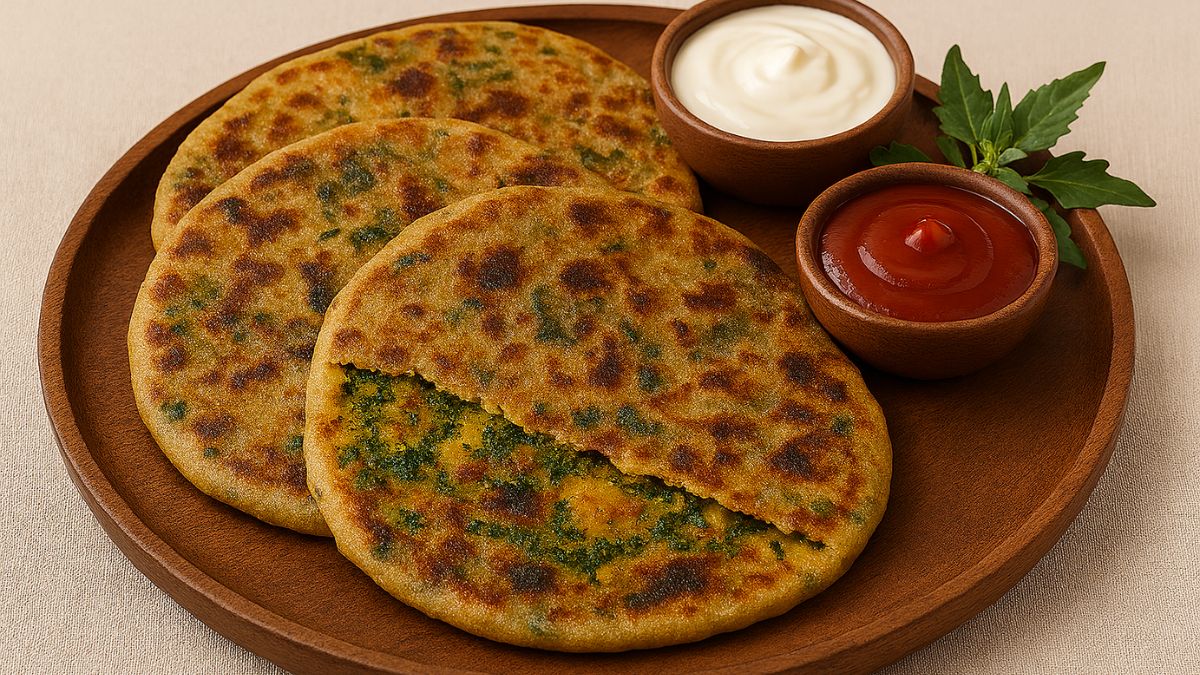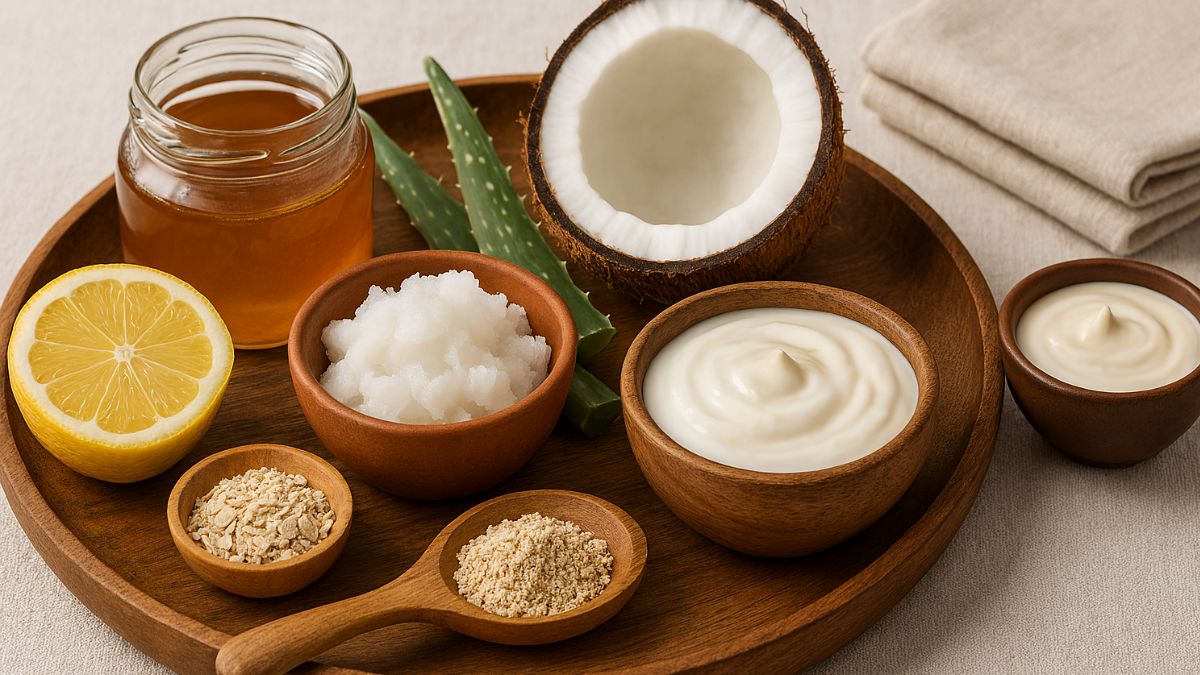Breakfast is often called the most important meal of the day, and in Indian households, poha and upma are two dishes that frequently find their way to the table. Both are quick to prepare, packed with flavour and versatile enough to suit different tastes. What's more, you can easily make them at home and even order them via an online food delivery platform. But when health is the priority, many of us wonder which one makes for the better choice. Should you pick the light and tangy poha made with flattened rice? Or the warm and filling upma crafted from roasted semolina? While both are considered healthy options, they differ in nutritional value and benefits. Let's break down their qualities to help you decide what works best for your mornings.
Also Read:Bored Of Regular Poha? This Chatpata Kala Chana Poha Will Make For A Pleasant Change

Photo Credit: iStock
Health Benefits Of Poha
- Light On The Stomach: Poha is gentle on digestion and doesn't leave you feeling sluggish, making it a great choice for busy mornings. Its light texture ensures you start your day without heaviness.
- Rich In Iron: Flattened rice contains a decent amount of iron, which supports healthy red blood cell production. When paired with vitamin C from lemon juice, the body absorbs the iron even better.
- Low In Calories: With around 200-250 calories per serving, poha makes for a filling yet weight-friendly breakfast. It provides energy without adding unnecessary fat or heaviness.
- Highly Customisable: Poha is like a blank canvas - you can load it with peas, sprouts, carrots, peanuts, or even paneer to boost its protein and fibre levels, making it more wholesome.
Health Benefits Of Upma
- Good Source Of Protein: Semolina naturally contains more protein than flattened rice, which helps keep you satiated longer and supports muscle repair, especially when combined with nuts or dal.
- Energy Booster: Upma is rich in complex carbohydrates that release energy slowly, ensuring you stay active and alert throughout the morning without sudden hunger pangs.
- Rich In B Vitamins: Suji is a good source of B vitamins like folate and thiamine, which play a vital role in maintaining metabolism, improving focus, and supporting nerve function.
- You Full Longer: Compared to poha, upma has a denser texture and higher protein content, which keeps your stomach fuller for longer, reducing the urge to snack mid-morning.
So, Which Is The Healthier Breakfast? Poha Or Upma?
The answer lies in what your body needs. Poha is ideal if you prefer something light, easy to digest and calorie-friendly, perfect for days when you want to keep it simple. Upma, on the other hand, is more filling, protein-rich, and provides sustained energy, making it suitable for mornings when you need to power through a hectic schedule. Instead of sticking to just one, the best approach is to enjoy both on different days. That way, your breakfast remains balanced, varied and far from boring - giving you the best of both worlds.
Tips For Making Poha And Upma Healthier And Tastier
How To Make Poha Soft And Fluffy?
Rinse poha gently in water and let it sit for a few minutes to absorb just enough moisture. Avoid soaking it too long, or it may turn mushy. A sprinkle of water while cooking also helps keep it soft.
How To Prevent Upma From Turning Sticky?
Always roast the semolina well before cooking - it should turn slightly golden and aromatic. Add it gradually to boiling water while stirring continuously to avoid lumps and achieve a fluffy texture.
What Are The Best Vegetables To Add In Poha Or Upma?
Seasonal vegetables like carrots, beans, peas, capsicum, and tomatoes add both colour and nutrition. You can also include spinach or corn for extra fibre and variety in taste.
Can Poha Be Made Ahead Of Time For Busy Mornings?
Yes, you can prep poha by rinsing and draining it the night before, then storing it in the fridge. In the morning, just toss it with your tempering and vegetables for a quick breakfast.
Also Read: 5 Easy Tips To Make Perfect Rava Upma At Home
What Is The Healthiest Way To Cook Upma At Home?
Use minimal oil or ghee and load it with vegetables for added fibre. Cooking in vegetable stock instead of plain water enhances both the flavour and the nutritional value.
Whether you make poha or upma at home, or order them through an online food delivery app, the secret to eating healthy lies in how you prepare them.
Disclosure: This article may contain links to third-party websites or resources. However, this does not affect the integrity of the content, and all recommendations and views are based on our independent research and judgment.









